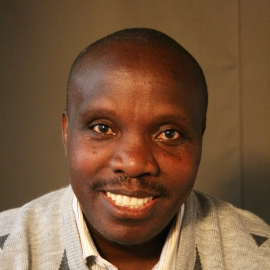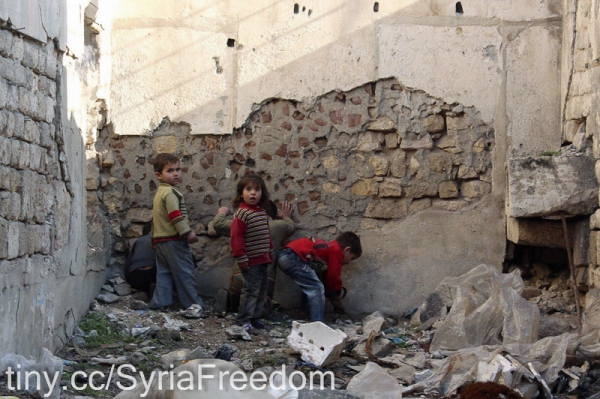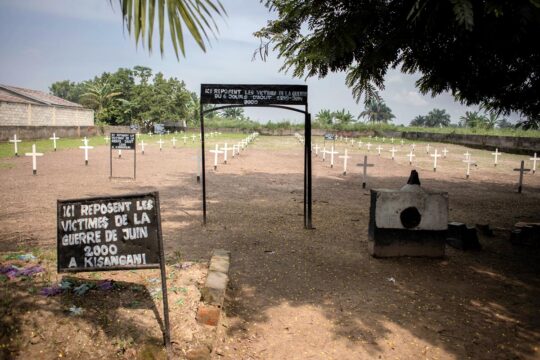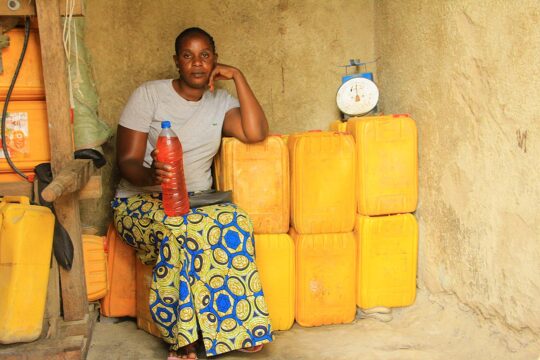The tension and violence that marked this week show that the search for transitional justice across the world is difficult. This is despite efforts in some places not only to try suspected criminals but also to make current and future generations more aware of the dangers of rejecting others and hence sparking deadly conflicts.
First to the Democratic Republic of Congo (DRC), a large neighbour to Rwanda, which is still trying some suspected perpetrators of the 1994 genocide transferred by the International Criminal Tribunal for Rwanda or third countries. The DRC is a States Party to the Statute of Rome, foundation of the International Criminal Court (ICC), before which Congolese citizens have appeared and continue to appear. As if the experience of neighbouring Rwanda and the ICC trials were not lessons enough, the DRC was this week marked by violence that left dozens dead and brought a warning from the ICC. “If acts constituting crimes within the jurisdiction of the Court are committed, I will not hesitate to act and take all necessary steps to prosecute those responsible, in line with the principle of complementarity,” said ICC Prosecutor Fatou Bensouda in a statement. The clashes were between security forces and the opposition, which is calling for President Joseph Kabila to step down at the end of his mandate at the end of this year.
The search for transitional justice is also difficult in the Central African Republic, where the government of new president Faustin-Archange Touadéra recognized its failure to restore peace in a country that since 2012 has been going through the worst crisis in its history. Powerless to stop a resurgence of deadly violence, the government condemned certain factions of the Seleka and Antibalaka militia, whose acts government spokesman Théodore Jousso said were “part of a destabilization process orchestrated by the enemies of peace”. He said the latest violence “committed by the ex-Seleka in a blind reaction to the behaviour of the Antibalaka constitutes without doubt a grave violation of the laws of the Republic and could be prosecuted by the International Criminal Court”.
In the Middle East, whilst fighting continues to rage on the ground, the Independent International Commission of Inquiry on Syria presented to the Human Rights Council a damning report covering events between January 10 and July 20 this year. Its report includes an urgent call for the UN Security Council to refer the situation in Syria to the International Criminal Court. Similar calls have for years been rejected by Syria’s UN allies. This is despite refugees being deliberately starved, hospitals and medical staff deliberately targeted, torture and executions in detention centres, according to this chilling report.
Stepping back from the news, JusticeInfo.Net this week co-published with The Conversation an analysis of how Communist and Nazi crimes are presented in the museums of the Baltic States. Remembrance is uneven, since it tends to downplay Nazi crimes, especially in the museum in Vilnius, Lithuania. “The `resistance fighters` and `partisans` glorified here refer to those who fought against the Soviets, but not against the Nazis,” write Pierre and Emanuelle Hazan. “The central narrative of the Museum of Genocide Victims is the 21,500 Lithuanians killed by the Soviets between 1940-1941 and 1944-1990, and the 50,000 others who died in detention or deportation, according the museum’s statistics. It is only at the bottom of a plaque in the second room that there is a one-line mention of the 200,000 Jews (96% of the Jews living in the country) exterminated by the Nazis. And it is only in the basement of the museum that one of some 20 KGB cells has – only a few years ago and under international pressure – been reorganized to commemorate the extermination of the Jews.”
An exhibition at the UN in Geneva by French painter Alain Husson-Dumoutier provides a different perspective. Entitled “Survivors of the Shoah: courage, determination, life”, it runs until September 28. “The scope of this exhibition goes beyond the resilience of the survivors,” writes JusticeInfo’s Geneva correspondent Vony Rambolamanana. “The artist has been inspired not only to immortalize this desire to survive, but also transmit a message to future generations.”






